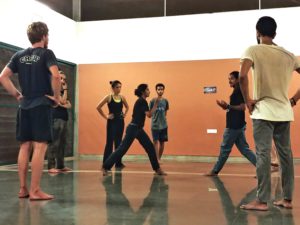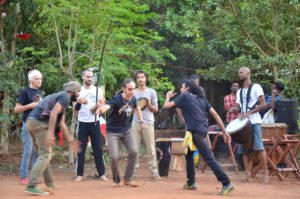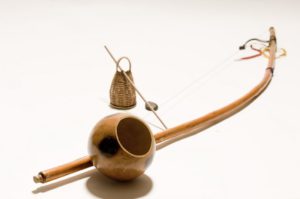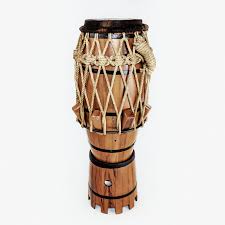When Kiran first arrived in Auroville in 2010, she was fresh out of college and looking to train in martial arts. Kickboxing, ideally. But Auroville didn’t offer that. Instead, a friend pointed her toward something unfamiliar.
“There’s Capoeira,” they said.
“She went for one class—and never stopped.”

An Unexpected Journey
Capoeira, with its sweeping kicks and flowing circles, is many things at once. It’s a martial art, a dance, a game, and a living piece of history. For Kiran, it was also an unexpected path to belonging.
“I came here to work as a fashion designer,” she shares. “At first, I didn’t know much about Auroville. I joined as an employee. But once I began to read about Sri Aurobindo, The Mother, the philosophy behind this place—I knew I wanted to stay.”
Capoeira became an extension of that decision. A practice grounded in discipline and shaped by joy.
“You can’t learn Capoeira only with your head.
Your body has to remember, your heart has to respond.”
Today, her two passions—movement and design—sometimes intersect. “I’ve made a few pieces for practice. But mostly, I design to live. And I move to live.”
Capoeira, she says, is not about outcomes. It’s about returning. To the music. To yourself. To the joy of movement for its own sake.
“Capoeira teaches you to stay awake. To stay playful. To listen.”

Capoeira: Where Music Meets Movement
Capoeira originated with enslaved Africans in Brazil who disguised their training in song and rhythm. “It was survival,” Kiran says.
“They weren’t allowed to fight,
so they danced their resistance.”
To the outsider, Capoeira looks playful—circular steps, graceful dodges, fluid kicks. But it remains a martial art at its core. “We aim. We strike. The movements are powerful, even if they flow to music.”
Each class begins with warm-ups, builds into sequences, and ends with improvisation. Music sets the pace. The berimbau and atabaque—traditional instruments—create a pulse you move with, not against.
“You don’t have to be a dancer to move,” she says. “You don’t have to be a fighter to kick. You just need to be open.”


A Philosophy of Expression
For Kiran, Capoeira is a space for freedom. “Everyone finds their own way to move. That’s the beauty of it—it’s not about imitation, it’s about expression.”
Her teaching reflects that. She doesn’t expect perfection—only presence. “It’s fulfilling to watch someone grow into the movement. To watch them start listening to their body in a new way.”
Auroville’s spirit of experimentation suits the art well. “We don’t insist on uniforms. We practise barefoot or with shoes, depending on the ground. What matters is your connection to the rhythm, not the rules.”
Keeping the Circle Alive
Capoeira once had a larger community in Auroville. “We had three teachers and many students,” she recalls. “Now we’re a smaller circle—but we’re still moving.” And today, beyond Auroville, the art is expanding across India. “There are groups in Mumbai, Pune, Bangalore, Goa. It’s growing.”
Kiran holds onto the practice not just for herself, but for others. “When someone joins a class, they bring new energy. They become part of keeping it alive.”
She welcomes beginners with no prior experience. “We’ve had students as young as 11, and as old as 60. Capoeira doesn’t ask for anything except willingness. You don’t need flexibility. You don’t need strength. Just the desire to show up.”
“You can’t learn Capoeira only with your head.
Your body has to remember, your heart has to respond.”
Outside the roda—the Capoeira circle—Kiran is a designer. In Auroville, where time feels a little slower and circles hold meaning, the roda—the Capoeira circle—continues. Not because it must—but because someone like Kiran still chooses to step into the rhythm.
Join a Capoeira discovery session through AGP Workshops. Come as you are. Move as you can.
